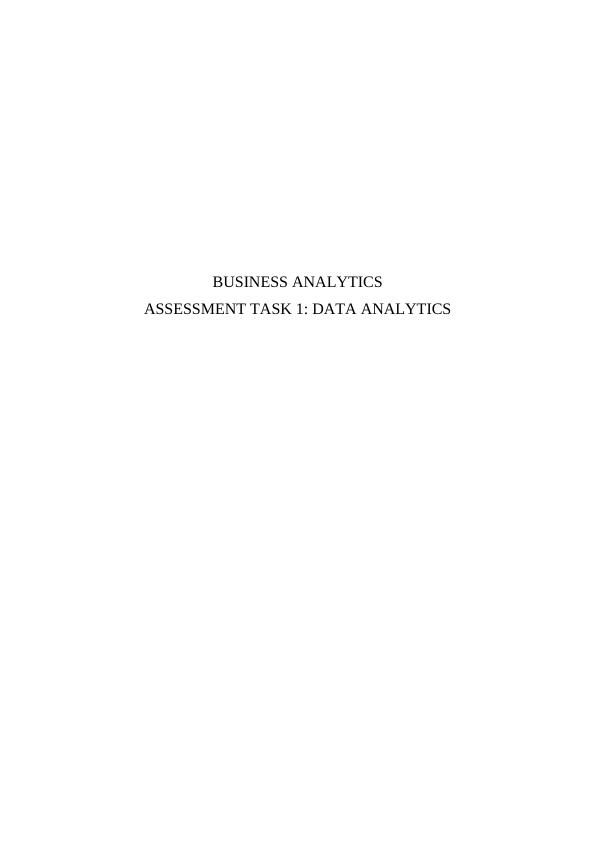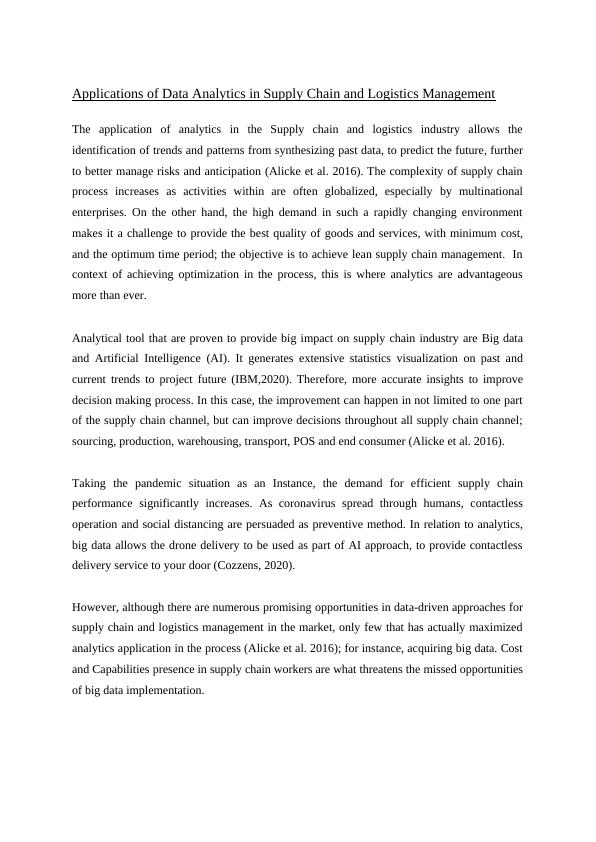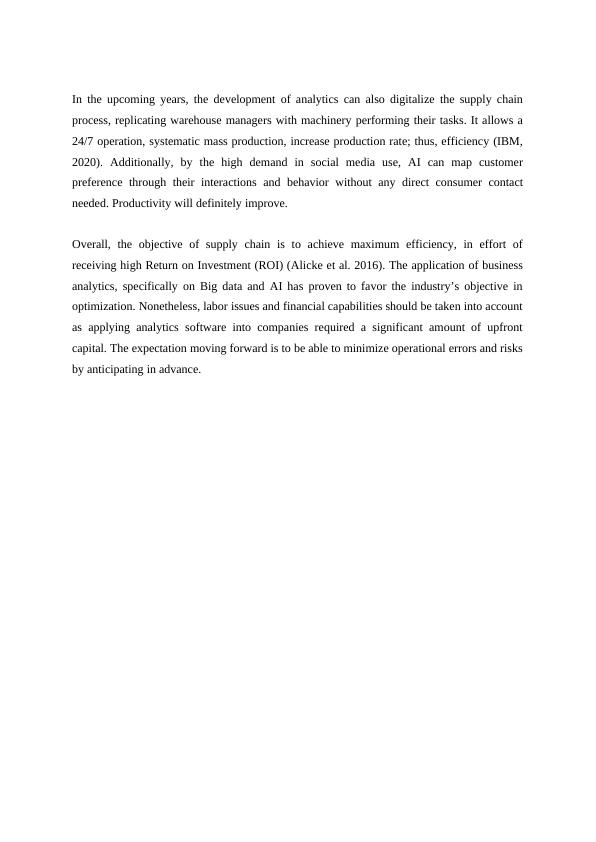Ask a question from expert
Business Analytics Assessment
8 Pages1212 Words34 Views
Added on 2020-10-23
Business Analytics Assessment
Added on 2020-10-23
BookmarkShareRelated Documents
End of preview
Want to access all the pages? Upload your documents or become a member.
Inquiry Based Learning: Current Trends in the Retail Industry and Analysis of Sainsbury's
|10
|2706
|394
Assignment on Impact and Opportunity of Industry 4.0 on Digital Broadcasting
|20
|1504
|46
Operation, Logistics and Supply Chain Management Theories
|12
|3255
|191
Big Data Analytics in Supply Chain Strategy
|18
|1185
|456
Principles of Business Analytics: Importance, Ecosystem, Data Mining, Challenges, and Leadership
|12
|2804
|477
Fashion Retailing Industry: Challenges and Opportunities
|8
|1951
|267


